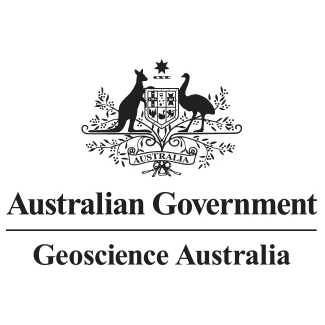Brief description
Gravity data measures small changes in gravity due to changes in the density of rocks beneath the Earth's surface. The data collected are processed via standard methods to ensure the response recorded is that due only to the rocks in the ground. The results produce datasets that can be interpreted to reveal the geological structure of the sub-surface. The processed data is checked for quality by GA geophysicists to ensure that the final data released by GA are fit-for-purpose. These line dataset from the GA302 Capel and Faust Basins MSS survey were acquired in 2006 for Geoscience Australia. This survey acquired a range of pre-competitive geological and geophysical data that included seismic reflection, gravity, magnetic and swath bathymetry measurements, as well as seafloor dredge samples.Lineage
Maintenance and Update Frequency: asNeeded
Statement: This data is a shipborne-derived gravity line dataset for the GA302 Capel and Faust Basins MSS seismic survey. The data was acquired for Geoscience Australia in 2006 under the project No. GA302. This survey acquired a range of pre-competitive geological and geophysical data that included seismic reflection, gravity, magnetic and swath bathymetry measurements, as well as seafloor dredge samples.
Levelling is a key step in processing shipborne gravity data. This process minimises the mistie errors at ship-track cross-overs that arise from factors such as positioning errors and instrument drift to gravity data. Without accounting for these cross-over errors, gridded data can be rendered un-interpretable by artefacts and distortions at line cross-overs. The processing steps applied to this GA-302 gravity line dataset include: 1) re-computation of free-air gravity anomalies to ensure consistent computation of gravity anomalies between the different datasets; 2) splitting ship-tracks into relatively straight line segments to avoid multiple cross-overs between any pair of lines; 3) line filtering of the previously-levelled Australia-wide dataset to reduce noise and improve cross-over computations; 4) merge the individual datasets into a single master dataset for levelling; 5) editing to remove lines or line segments with spurious data - lines that were too short or too close to other line segments were also removed in order to improve levelling results; 6) line levelling - gravity data were levelled using a polynomial levelling technique referenced to a satellite radar altimetry-derived dataset, magnetic data were loop levelled (minmising misclosures around closed loops formed by ship tracks); 7) computation of simple Bouguer gravity anomalies (ie. without terrain corrections) using a spherical-cap Bouguer correction and a density contrast between water and sediment of 970 kilograms per cubic metre and water depths interpolated at each data point from the 2009 Bathymetry and Topography Grid of Australia. The data processing and levelling were conducted using the INTREPID software from Intrepid Geophysics. The processed data was checked for quality by GA geophysicists to ensure that the final data released by GA are fit-for-purpose. Details of the specifications of individual airborne surveys can be found in the Fourteenth Edition of the Index of Airborne Geophysical Surveys (Percival, 2014). This Index is also available online at http://pid.geoscience.gov.au/dataset/79134. Further up to date information about individual surveys can also be obtained online from the Airborne Surveys Database at http://www.ga.gov.au/oracle/argus/.
References: Intrepid Geophysics, http://www.intrepid-geophysics.com; Percival, P.J., 2014. Index of airborne geophysical surveys (Fourteenth Edition).
Issued: 14 07 2020
Data time period: 2006-11-10 to 2006-12-20
text: westlimit=157.00; southlimit=-31.00; eastlimit=164.99; northlimit=-24.00
Subjects
CAPEL |
Capel and Faust |
EARTH SCIENCES |
GEOPHYSICS |
Gravimetrics |
Marine Geoscience |
Published_External |
geoscientificInformation |
gravity |
line |
marine |
offshore |
shipborne |
vector |
User Contributed Tags
Login to tag this record with meaningful keywords to make it easier to discover
Identifiers
- URI : pid.geoscience.gov.au/dataset/ga/140140

- global : 148f7691-61d3-45bb-8b6a-aed922917233


